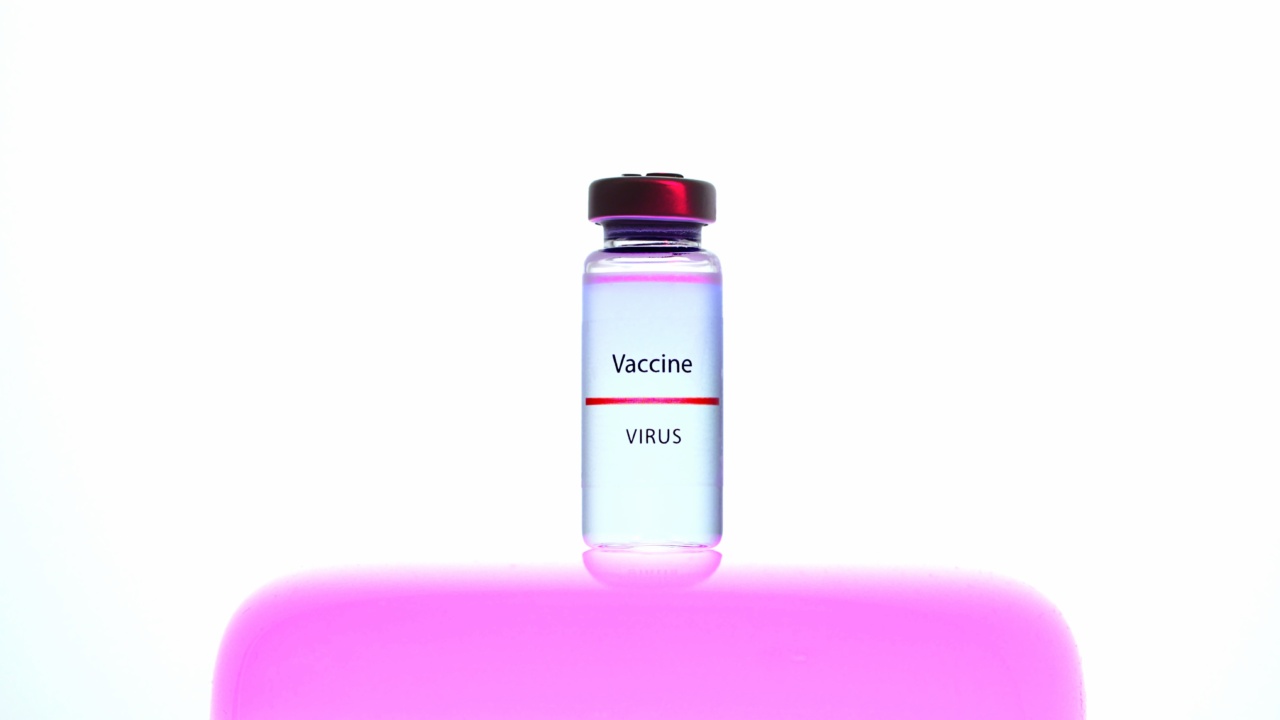HIV (Human Immunodeficiency Virus) is a deadly virus that attacks the immune system, leaving individuals vulnerable to various infections and diseases.
However, not everyone who comes into contact with HIV develops AIDS (Acquired Immunodeficiency Syndrome). There are rare cases where individuals show a remarkable natural resistance to the virus, which has intrigued scientists for years.
In this article, we will explore the science behind natural immunity to HIV and the potential insights it offers for developing effective treatments and vaccines.
The Role of CCR5 Delta 32 Mutation
One key aspect of natural immunity to HIV lies in a mutation known as CCR5 Delta 32. CCR5 is a protein receptor found on the surface of immune cells, which acts as a gateway for HIV to enter these cells.
However, individuals who carry the genetic mutation CCR5 Delta 32 have a modified version of this receptor that prevents HIV from entering immune cells effectively. This mutation significantly reduces the risk of HIV infection and the progression to AIDS.
Understanding the Mechanism of CCR5 Delta 32 Mutation
The CCR5 Delta 32 mutation involves the deletion of a specific 32-base pair segment in the CCR5 gene. This deletion results in a non-functional CCR5 protein, which hinders HIV entry into target cells.
The mutation is believed to have originated in Europe centuries ago, providing a survival advantage against diseases such as the bubonic plague. Consequently, individuals with this mutation can exhibit natural resistance to HIV infection.
Exploring the Frequency and Distribution of CCR5 Delta 32 Mutation
The occurrence of the CCR5 Delta 32 mutation varies across populations. It is found predominantly in people of European ancestry, with an estimated frequency of about 10% in this population group.
In contrast, the mutation is extremely rare in non-European populations. This disparity is thought to be due to evolutionary pressures exerted by infectious diseases prevalent in different geographic regions throughout history.
Studying the Functional Consequences of CCR5 Delta 32
Scientists have conducted extensive studies to understand the functional consequences of CCR5 Delta 32 mutation. These studies involve examining the immune cells of individuals with the mutation and assessing their response to HIV infection.
The research has shown that individuals with the mutation have significantly lower viral loads and slower disease progression compared to those without the mutation.
Implications for HIV Treatment and Prevention
The understanding of natural immunity to HIV, particularly the role of the CCR5 Delta 32 mutation, has paved the way for the development of new approaches in HIV treatment and prevention.
Researchers are exploring targeted therapies that aim to disrupt the CCR5 receptor and prevent HIV entry into immune cells. Additionally, the discovery of this mutation has led to the development of new vaccination strategies that aim to induce similar protective effects.
Beyond CCR5 Delta 32: Other Factors Contributing to Natural Immunity
While the CCR5 Delta 32 mutation is an essential contributor to natural immunity to HIV, it is not the sole factor. Other genetic variations and immune system mechanisms also play a role in influencing the risk of infection and disease progression.
Studying these additional factors provides a more comprehensive understanding of natural immunity and can potentially lead to groundbreaking discoveries in HIV research.
Challenges in Harnessing Natural Immunity for Wider Application
Although natural immunity to HIV provides valuable insights, there are significant challenges in harnessing it for wider application. The rarity of the CCR5 Delta 32 mutation limits its potential for widespread prevention and treatment strategies.
Furthermore, the complex interplay of various genetic and immune system factors makes it difficult to replicate the protective effects observed in individuals with natural immunity.
The Promising Future of HIV Research
Despite the challenges, the study of natural immunity to HIV brings hope for the future of HIV research.
Scientists continue to investigate novel approaches, such as gene editing techniques like CRISPR, to modify the CCR5 gene and replicate the protective effects of CCR5 Delta 32 mutation. Moreover, ongoing research into the immune responses and genetic variations associated with natural immunity may unlock new avenues for prevention and treatment.
Closing Thoughts
The science behind natural immunity to HIV, specifically the CCR5 Delta 32 mutation, provides crucial insights into the prevention and treatment of this devastating virus.
While harnessing natural immunity for wider application poses challenges, continued research and scientific advancements offer hope for the development of more effective therapies and potential eradication of HIV. By understanding the intricacies of natural immunity, scientists can strive towards a world where HIV is no longer a global health crisis.































